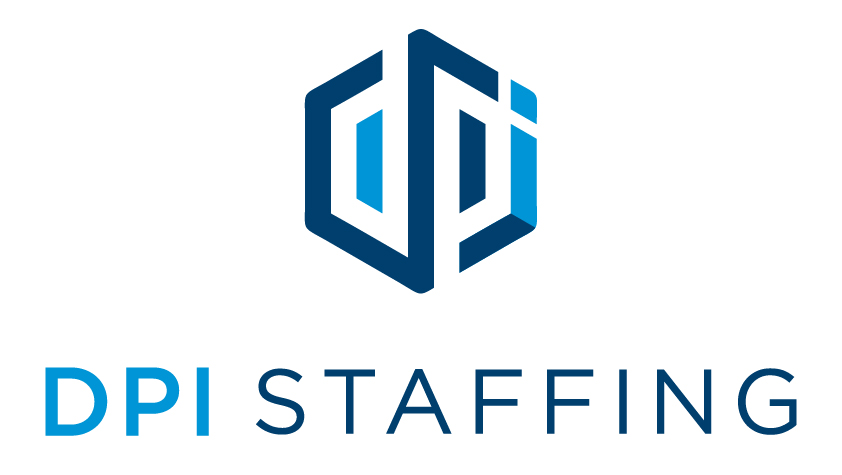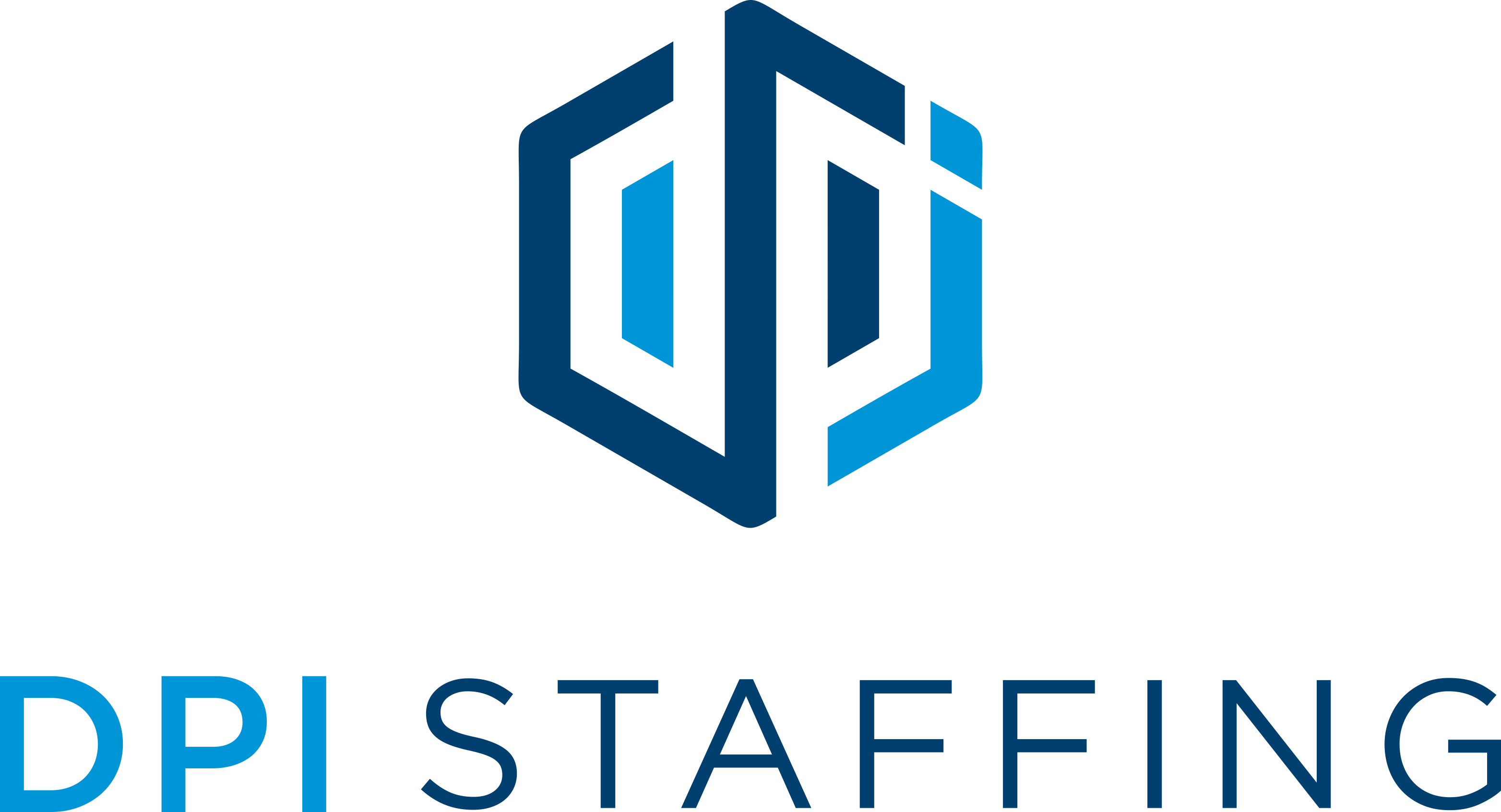Just a few years ago, employers had no shortage of qualified job applicants. In fact, many were flooded with resumes from overqualified job seekers. Today, the opposite is true. Many employers are struggling with recruiting in low unemployment.
The national unemployment rate has been hovering around 5% in recent months, its lowest rate since 2008. Many regions where our staffing offices are located are seeing unemployment rates below the national average. For instance, unemployment in the Portland (Oregon) metro area was 4.2% in March, and 3.6% in the Boise-Nampa (Idaho) region.
This low unemployment translates into employers seeing major competition for qualified candidates, and taking a good look at their recruiting and hiring practices. Read on for some of our tips on how to cope with recruiting in low unemployment.
-
Ensure that wages and benefits are competitive.
Before hiring for a position, get an idea of the pay and benefits offered by other employers in your area. Do research on job websites like craigslist, ZipRecruiter or Indeed, or your networks. Being aware of other employers’ compensation gives you an idea of the options open to candidates. If your job offers are not attracting the candidates you want or are continuously getting turned down, this is a factor to reconsider. Non-wage forms of compensation (such as bonuses, retirement plans, transit passes or remote working options) also really matter to employees.
-
Get creative in your outreach.
It’s no longer enough to throw a job ad on craigslist and call it a day – you’ve got to be creative and go where your candidates are. If you’re hiring CDL drivers, make a contact at a training program. If you’re recruiting creative types, try contacting a local marketing association. You might even offer your current employees incentives for referring new employees. In today’s employment environment, it’s important to think outside of the recruiting box and try some new approaches.
-
Act fast.
Qualified candidates are in huge demand. So it’s possible that if you take too much time on hiring decisions, your top candidate will have already accepted another job. You don’t want to be careless when choosing which candidates to invite on board, but when recruiting in low unemployment, decisiveness is a must.
-
Consider those who face barriers to employment.
In these times, you have to cast as wide a net as possible to get the candidates you need. And you may be overlooking some very qualified employees who face barriers to employment. These include people with disabilities, those with criminal backgrounds, or people who’ve experienced homelessness. Hiring people who face barriers to employment isn’t charity – it’s a business decision that can be good for your bottom line. Partner with an alternative staffing firm or a local nonprofit to help you connect with candidates you may otherwise overlook.
-
Outsource.
Whether your HR department, operations or others in your organization handle your hiring process, today they’re likely spending more time and effort and getting fewer results. That’s where a staffing firm can come in – and while you pay for the service, staffing can be cost-effective, especially in today’s competitive environment.





